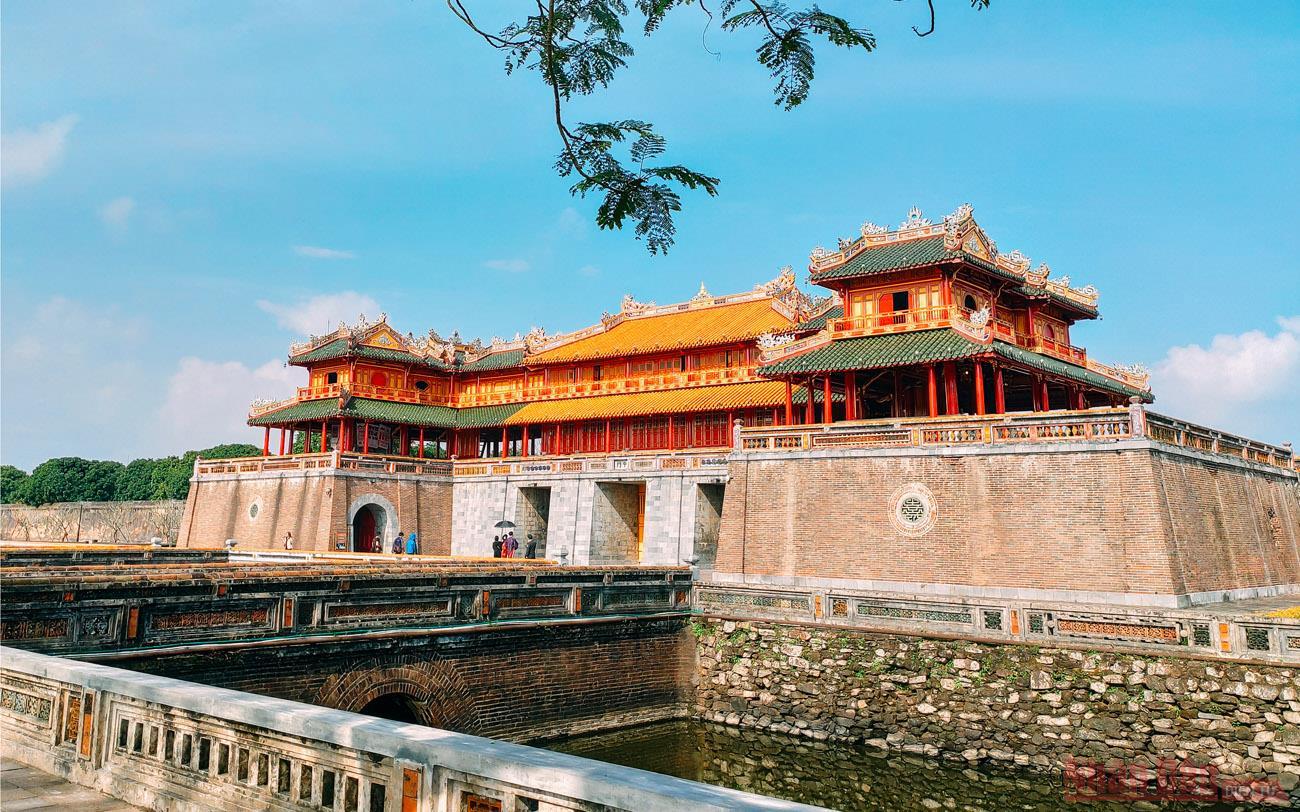
Central Vietnam is not only renowned for its pristine beaches but also for its rich cultural and historical heritage. From ancient imperial architecture to sacred mountains by the sea, every stop tells a fascinating story of the past. Let’s embark on a journey through the region’s most iconic heritage sites: Ponagar Cham Towers (Khanh Hoa), Marble Mountains (Da Nang), the Imperial City of Hue (Thua Thien–Hue), and the Ancient Citadel of Quang Ngai.
Perched on a small hill by the Cai River, Ponagar Towers is the largest and most well-preserved Cham temple complex in Central Vietnam. Built between the 8th and 13th centuries, the site served as a spiritual center for the Cham people, dedicated to the goddess Po Ina Nagar—believed to be the creator of the land and the teacher of agriculture.
Visitors can admire the towers’ unique architecture—crafted from bricks laid without mortar—and join traditional folk festivals, especially the annual Ponagar Festival in the third lunar month.

Located just 8 kilometers southeast of Da Nang’s city center, the Marble Mountains (Ngu Hanh Son) consist of five limestone peaks named after the five elements: Metal, Wood, Water, Fire, and Earth. Beyond their natural beauty, the mountains are a spiritual destination with ancient temples like Linh Ung and Tam Thai, along with mystical caves such as Huyen Khong and Am Phu.
Climb to the summit of Thuy Son—the largest and most beautiful of the five peaks—for a panoramic view of the Non Nuoc Beach and to enjoy a serene, sacred atmosphere away from the bustling city.

Hue was the political, cultural, and religious capital of the Nguyen Dynasty for over 140 years. Recognized by UNESCO as a World Cultural Heritage Site, the complex includes the Imperial Citadel, the Royal Palace, and the Forbidden City, showcasing a blend of traditional Vietnamese and Western-influenced architecture.
Strolling through the grand gates of Ngo Mon, visiting the Thai Hoa Palace, or cruising the Perfume River to explore royal tombs, visitors are transported back to the solemn grandeur of imperial Vietnam.

Less known than other sites, the Ancient Citadel of Quang Ngai holds significant historical value. Built in 1837 during the reign of King Minh Mang, the citadel was the administrative and military center of the province under the Nguyen Dynasty. Its square layout, moat, and remaining structures reflect a storied past.
Though partially preserved today, remnants such as old gates and moats offer insight into the region's military and administrative legacy—ideal for history enthusiasts seeking a deeper understanding of local heritage.

Central Vietnam is not just the geographical heart of the country—it’s the cultural soul of the nation. Each destination on this journey invites travelers to reconnect with history while enjoying the region’s natural beauty. Whether you’re a first-time visitor or a seasoned explorer, discovering these heritage sites promises an enriching and memorable experience.